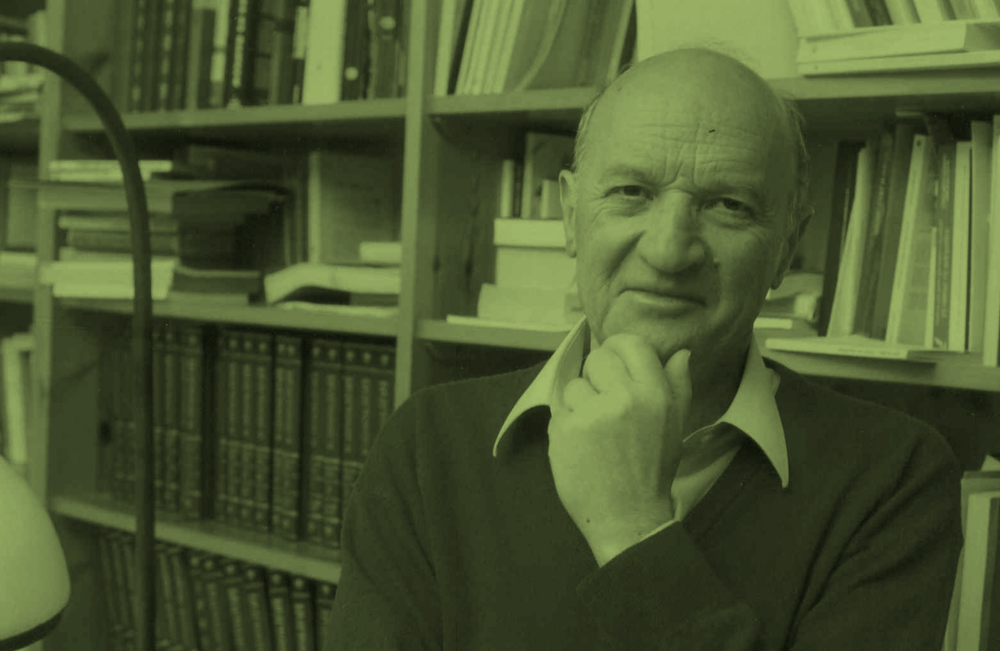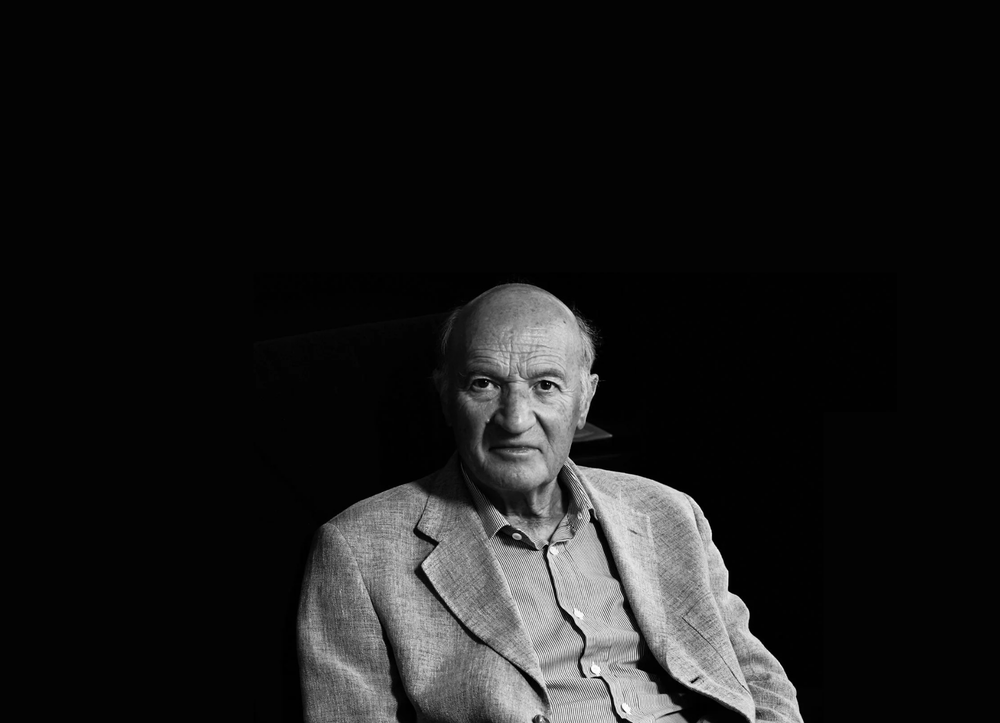The day after Trump won the 2024 election, I co-authored a piece for New International praying it would mark a permanent delegitimization for the political class. That should have happened in 2016, but the Democrats’ feigned shift towards “resistance” and social democracy won back a mass movement believing it could be a vehicle for socialism. Stone your hearts, we warned, for the moment when they inevitably “dangle another Sanders before us.”
And yet, a year later I found myself barhopping the Commie Corridor’s dives with comrades cheering for Cuomo’s concession. It felt as though this was the greatest blow to the liberal establishment we had ever seen; $50 million in dark money overcome by 100,000 socialist scouts door-knocking in chipper blue shirts and yellow beanies. For weeks I had watched this ubiquitous army of canvassers engage passerby after passerby in my Queens neighborhood, often moving swiftly from bread-and-butter to meatier debates on identity and political economy. The volunteer effort was clearly decisive—Mamdani’s 10% margin over Cuomo had been buoyed by the third of his voters won over in the “last few days,” CNN’s exit polls found.
The revanchist jeers died down when Mamdani took the stage shortly after. He delivered a fiery victory speech quoting Debs, speaking of the proletarian condition, and taunting Trump. New York had elected socialists, even Communists, before. In 2018, Alexandria Ocasio-Cortez’s shocking win over Joe Crowley in Queens had convinced many that the Democratic Party old guard was rapidly fading. While the center’s reconsolidation of power in 2020 with the Biden-Harris ticket, fervently defended by AOC in 2024, had made this a bitter memory, perhaps now the long DSA march was back on track. Or maybe the well shots had given us temporary amnesia.
Either way, months of promises from Trump and the media that a socialist New York would become a chaotic, crime-infested Caliphate had been rebuked by the bare majority. “Affordability” had been a more powerful message for the majority of renters, public transit users, voters without children, and those who make less than 100k, CNN’s poll showed. “This is what a postindustrial class-coming-into-being looks like,” Dan Bessner wrote of the data, “We have a class recognizing itself as an object of history, but what makes this class of non-capital holders unique in the last 200 years is that, unlike the industrial workers, it is not key to the economy.” Philosopher Maurizio Lazzarato recently made a similar observation of the “broad middle” electoral assemblage, the same that had swung towards Trump a year prior, for Ill Will:
The population of the United States is deeply divided, not between the 99& and the 1%, but between the 20% who ensure the bulk of consumption within the enormous domestic market (3/4 of GDP) and the 80% whose consumption is either stagnating or declining.
Few believe Mamdani’s frozen rent, free buses, daycare, and at-cost groceries will reverse the decline. Only 44% of CNN’s respondents said Mamdani’s policies were even realistic, compared to 58% for Cuomo. And yet, promises of bread still won out over media portrayal of city-owned grocery stores as Soviet bread lines, or Trump’s far more plausible threat to ensure socialism’s failure by embargoing New York like Cuba, or invading it like Chicago or Venezuela. Cuomo’s experience talking Trump down from a similar plot of Federal occupation in 2020 (when New York had been officially labeled an “anarchist jurisdiction”) had probably been his biggest asset. And yet, this too was rejected—61% of voters wanted a mayor who would protect working-class New Yorkers by not cooperating with Trump on immigration, come what may.
New Yorkers are not naive about the war that is coming. Just two weeks before the election, a conservative influencer’s whining about the bootleg bag market in Chinatown summoned a phalanx of tanks and federal officers to roll down Canal Street. ICE detained several people, but were “obstructed” from a greater round up, a DHS spokesperson reported by “rioters who were shouting obscenities, became violent... blocking vehicles and assaulting law enforcement.” Dozens of subsequent videos instead revealed the apparent street militants were a typical cross section of New Yorkers, who had spontaneously emerged from their homes, offices, or skipped lunch breaks to fight to defend their neighbors.
Unknown hundreds of similar anti-ICE skirmishes in LA, Chicago, and throughout the country, on the other hand, have slowed the mass deportation program just as it geared to accelerate. The heroism of these scenes have inspired widespread rapid response networks, and redoubled efforts from the mutual aid groups still standing from the pandemic, to scale-up against Trump’s brutal austerity regime.
Perhaps this moment, then, recalls more of the grassroots independent struggles of 2020 than the popular front of 2017. After all, the Democratic Party no longer brands themselves as part of this active resistance—they instead play dead, shutting down the government in hopes of being recognized as a loyal opposition. Mamdani’s victory, while a clear demand for the Democrats to get up and join the fight, also communicates the understanding that it will more likely be against them.
I heard plenty of similar cynicism for Mamdani as well after his speech. The election represented far more to those I talked to a “fuck you” to the establishment than an endorsement of or optimism for social democracy, just as a decisive fraction of those who voted against Kamala were not endorsing MAGA. Few believe we have seen a fundamental shift of class power, nor his slogan of “Our Time is Now.” The slogan instead keeps alive a concept that the counterrevolutionary terror of the past years has sought to kill entirely—that history can, if we fight, belong to us.








